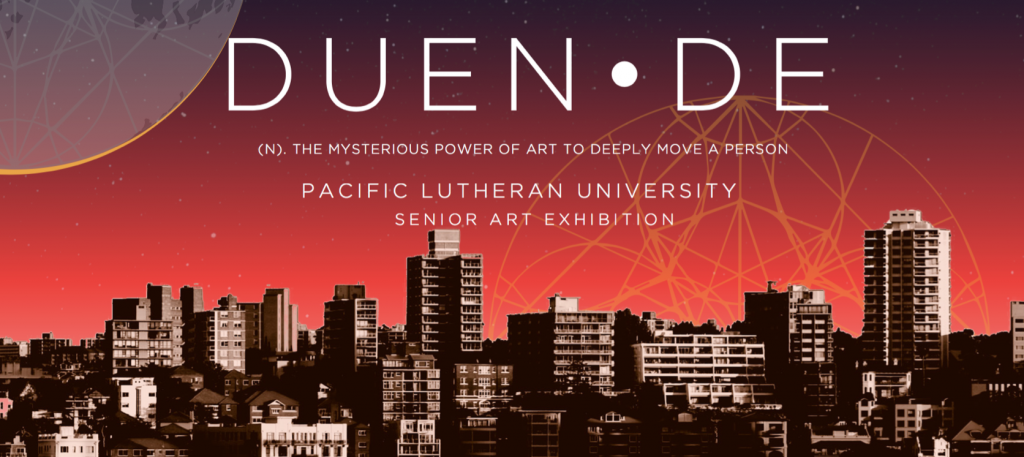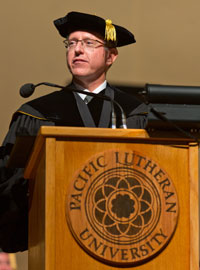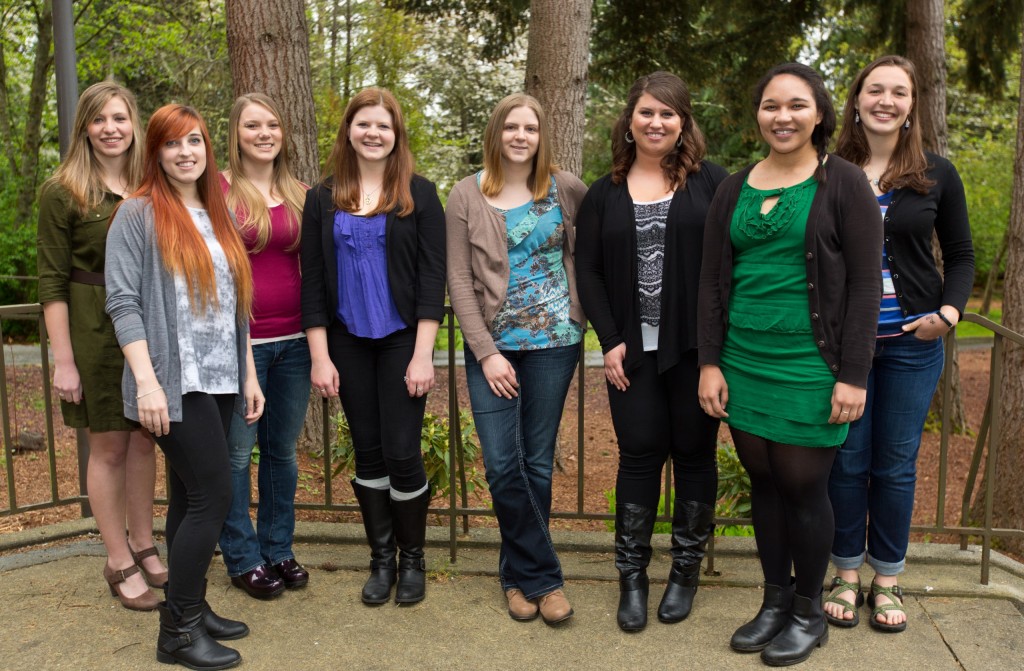Page 47 • (466 results in 0.885 seconds)
-

, prayerful viewing of the illuminations on the page. In an increasingly visual culture, where the images we view are fast paced, this technique invites the viewer to slow down and see the image. Workshop participants will identify symbols that represent the divine within themselves, and use them to make collages, drawings or poems. We will ask ourselves, as visual thinkers and makers, how do we communicate our ideas effectively, with intention to the world, and yet, still create an opening for our
-
to the culture of care. As you do so in this particular time in our society’s life, please focus on ways to overcome our racial divisions, and help heal our communities, large and small, and to be kind and compassionate to one another. I hope that you will find caring faculty members and fellow students who are committed to doing the important work of — once and for all – righting the wrongs of our society and paving the way to a world where all are treated with respect and dignity. I wish
-
professor of religion, published “An Ethics of Biodiversity: Christianity, Ecology and the Variety of Life.” Joanna Gregson, associate professor of sociology, had her book, “The Culture of Teenage Mothers,” published by State University of New York Press. Charles Bergman, professor of English, published a Smithsonian Magazine cover story and essay on “Wildlife Trafficking.” Rick Barot, assistant professor of English, received an Artist Trust/Washington State Arts Commission Fellowship. Dean Waldow
-

looking at it. I wish to have my own distinct style and to one day inspire other artists as well.Hannah Eagle BIO Hannah Eagle will be graduating this year with a BA in Studio Arts and a minor in Children’s Literature and Culture. Her capstone project focuses on portraying images of extreme negative emotions, such as depression, in a digital painterly realistic style. These extreme negative emotions are something that she has had to deal with from a young age and the reason why she chose to explore
-

measure up to these standards that the world needs more PLU. Institutions like PLU not only help create the future—by teaching you to be creators of new knowledge—but we also preserve, conserve, memorialize, and celebrate culture and achievement. Many of the buildings and halls and classrooms you’ll be living and learning in bear the names of those who have made a difference in the world, and who wanted to give you the chance to make a difference. They know what you are sure to discover: college
-

. … That’s what makes PLU great and what makes Lutes outstanding individuals—there’s a real connection between faculty and staff within the PLU culture to not only educate for careers, but to educate for life through the development of hard and soft skills. I owe a lot to the PLU community and hope to be able to give back in some way in the future.” CAITLIN ZIMMERMAN Hometown: Wilsall, Mont. Major: Communication/Conflict Management. Graduation date: May 2014 Peace-building experience: In 2012, Zimmerman
Do you have any feedback for us? If so, feel free to use our Feedback Form.


